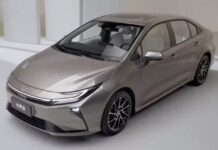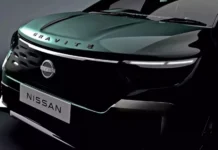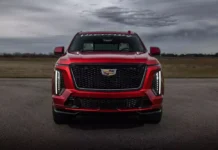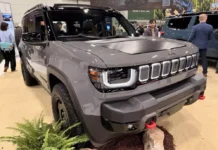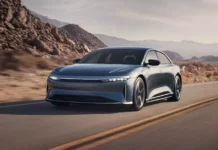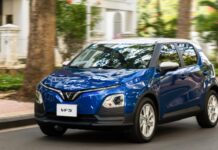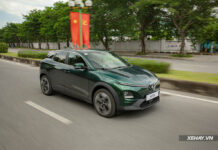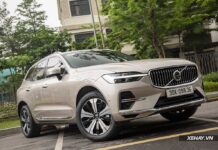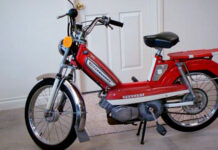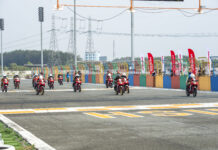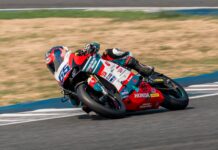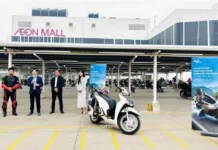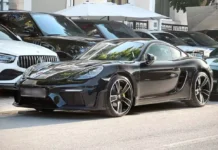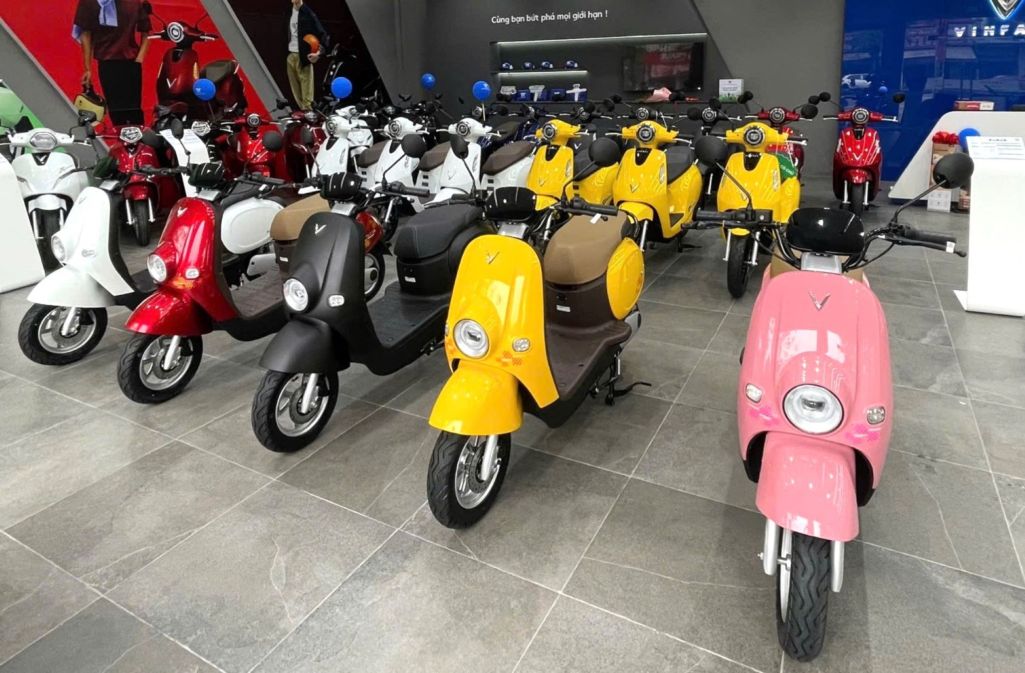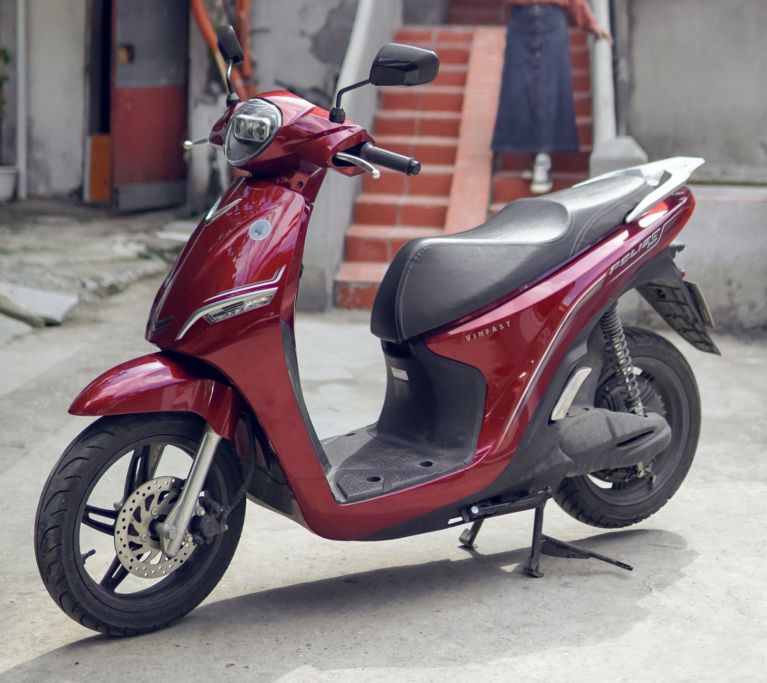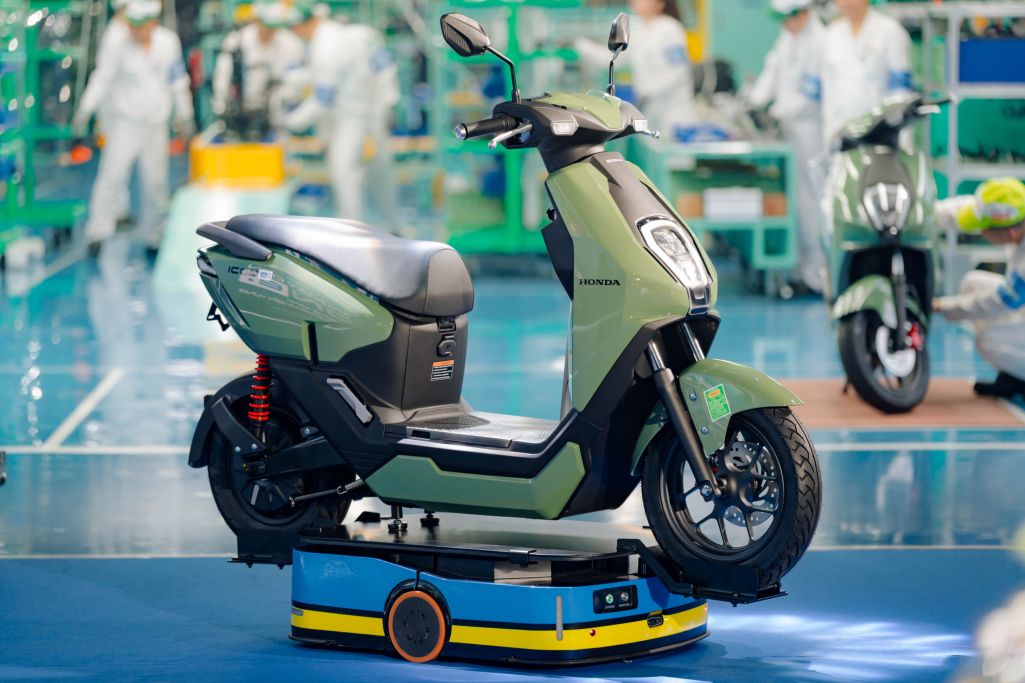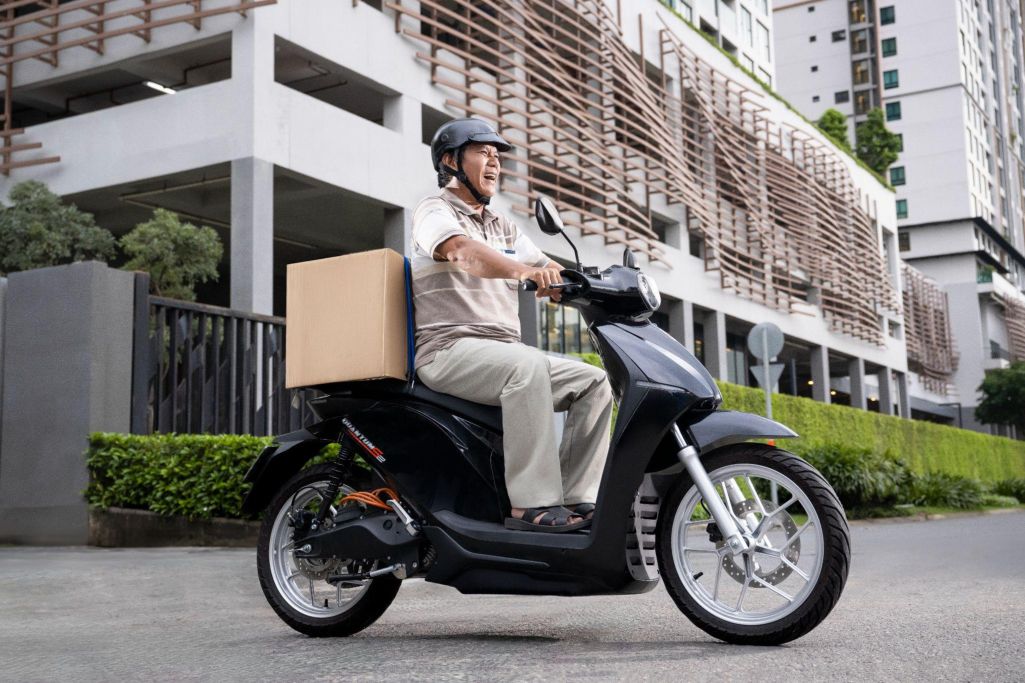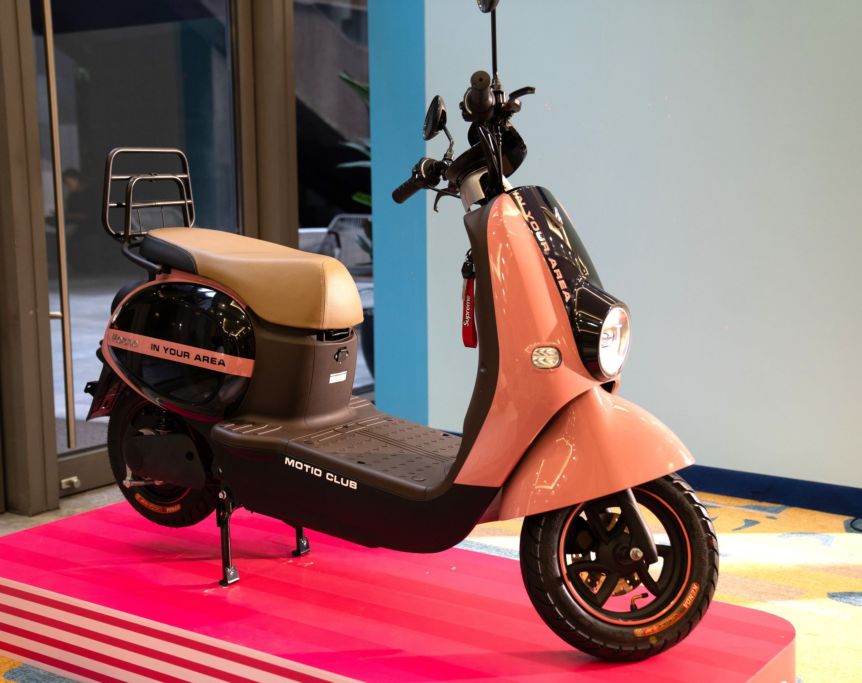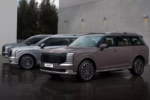Electric motorcycles are gaining popularity in Vietnam due to their cost-effectiveness, environmental friendliness, and diverse designs. However, understanding certain key factors before purchasing is essential to avoid potential hassles.
First and foremost, it’s crucial to identify your needs and intended use for the vehicle. If it’s primarily for commuting to school or work within the city, a compact and moderately-paced electric motorcycle will suffice. For those who frequently travel long distances, consider opting for a model with a larger battery capacity, a more powerful engine, and shorter charging times.
Older individuals or students should select a motorcycle with a lower seat height, sensitive brakes, and easy maneuverability.
The heart of an electric motorcycle: its battery
The battery is the pivotal component of an electric motorcycle, directly impacting its performance and long-term costs. Currently, the market offers two primary types of batteries:
Lithium-ion batteries: Known for their lightweight, durability, fast charging, and extended lifespan (3-5 years), although they come at a higher price.
Lead-acid batteries: More affordable but substantially heavier, prone to degradation, shorter lifespan (1.5-2 years), longer charging times, and challenging to recycle.
Inquire about the full-charge time (ideally less than 6 hours), the range per charge (a minimum of 60-80 km), and the cost of battery replacement, especially for lithium-ion powered motorcycles, as it can amount to several million VND.
Engine considerations beyond aesthetics
When selecting an electric motorcycle, it’s easy to get captivated by its design. However, the engine is the pivotal element that determines acceleration capability, cargo capacity, hill-climbing ability, and overall daily usability.
For city commuting with light cargo, a 500-800W engine will suffice. This power range is suitable for short trips on flat terrain without frequent additional passengers or cargo.
If you intend to travel longer distances, climb hills, or carry heavier loads, opt for models with engines of 1000W and above. A more powerful engine ensures stable performance when tackling inclines or carrying two passengers.
For those seeking a riding experience akin to a gasoline-powered scooter, some premium models offer engines above 2000W, delivering robust performance, smooth acceleration, and excellent road grip comparable to traditional scooters.
Before making a purchase, carefully consider your practical needs to avoid under or over-provisioning engine power.
Scrutinize the design and utilities
An electric motorcycle should not only be aesthetically pleasing but also comfortable, safe, and practical during operation. Before committing to a purchase, take a test drive to assess the smoothness, throttle response, sturdiness of the handlebars, and braking effectiveness.
Here are some critical aspects to scrutinize:
Storage compartment: Is it spacious enough to accommodate a helmet, handbag, and daily essentials?
Seat: Is it long enough for two passengers to sit comfortably? Is the cushioning adequate?
Braking system: Does it employ disc brakes or drum brakes? Disc brakes generally offer superior stopping power, especially at higher speeds.
Wheel size: Smaller wheels may induce a wobbly feeling and compromise stability at higher speeds.
Frame: Is it sturdy? Does the design hinder foot placement or maneuverability when stationary or turning?
Contemporary conveniences are also worth considering, as many electric motorcycles now feature modern amenities such as crisp LCD screens, GPS navigation, smart keys, phone charging ports, and LED lighting that automatically adjusts to ambient lighting conditions. These enhancements not only elevate the user experience but also make the vehicle more intelligent and practical for daily life.
Opt for reputable brands
While the electric motorcycle market offers a diverse range, not all brands guarantee quality. Prioritize well-established brands like VinFast, YADEA, Dat Bike, Pega, or electric models from renowned manufacturers like Honda and Yamaha. These companies have transparent distribution networks, making maintenance and spare part procurement more accessible.
Conversely, obscure or unbranded vehicles, despite their lower prices, may pose risks due to subpar batteries prone to explosions and the unavailability of replacement parts.
Factor in hidden costs
When purchasing an electric motorcycle, consider not only the listed price but also the hidden costs associated with ownership. Firstly, there’s the cost of charging, typically ranging from 15,000 to 30,000 VND per full charge, contingent on battery capacity and local electricity rates.
Secondly, budget for battery replacements, which generally occur every 3-5 years and can cost several million VND. Additionally, factor in periodic maintenance expenses, such as brake pad, tire, or tube replacements, which may seem minor but accumulate over time. For models with engine power exceeding 250W, don’t overlook the cost of registering a license plate as per current regulations.
Should you insure your electric motorcycle?
While not mandatory like gasoline-powered vehicles, it’s prudent to insure your electric motorcycle with civil liability insurance to safeguard against accidents. Many insurance companies now offer specialized packages for electric motorcycles at meager rates (approximately 60,000-120,000 VND/year).
Electric motorcycles represent a sustainable and economical choice, provided you make an informed decision. Avoid being swayed solely by advertisements or low prices. Invest time in researching, test driving, and inquiring about after-sales services, battery warranties, and policies before committing to a purchase. A well-chosen electric motorcycle will be your reliable and worry-free companion on the road.
The Ultimate SUV Experience: Hyundai Palisade 2025 Launches in South Korea with a Starting Price of 775,000,000 VND, Anticipating its Arrival in Vietnam.
The 2025 Hyundai Palisade has arrived at dealerships in South Korea, boasting a range of upgrades and enhancements over its predecessor. This popular CUV has been treated to a comprehensive redesign, with a focus on amplifying its dimensions, engine performance, and the introduction of cutting-edge new features.

